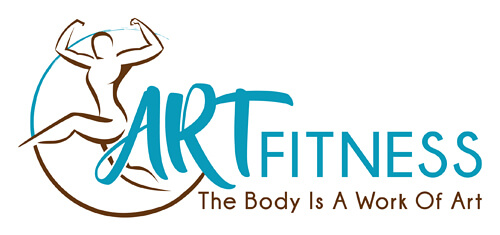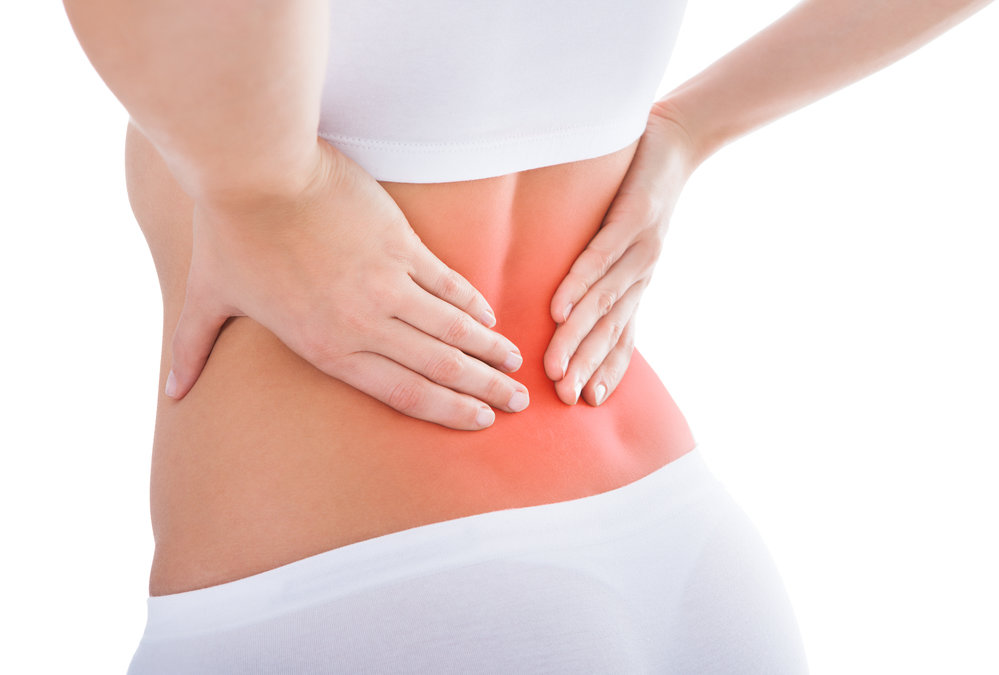After a Killer workout chances are walking up a flight of stairs or even lifting your arms are unbearable tasks. Instead of just giving up realizing that it is normal to feel sore for the next few days and having a better understanding of where and why your muscle are sore will increase your chances of continuing and achieving the results you want.
This soreness is referred to as delayed onset muscle soreness or DOMS. During your workout your muscles experience micro-tears; these micro tears cause an inflammatory response that activates the immune system to rush in and repair the damage, this causes swelling and fluid buildup in and around the muscles and this is what send the message of pain to the brain.
DOMS should not derail your training; it is a positive sign that you have challenged your muscles in a way they aren’t accustomed to. So the good news is the recovery process that occurs within a muscle during this initial soreness helps to protect it from future soreness – so the more you workout the less it will hurt! Your muscles will become stronger and better to handle the force of killer workouts.
Incorporating an Art Fitness lifestyle today can help prevent muscle hangover tomorrow and get you well on your way of achieving your fitness goals.
BEFORE YOUR WORKOUT
- Fuel up with inflammation fighting foods. Eating foods that are high in antioxidants and essential fatty acids are not only hood for a healthy heart but also has been shown in reducing inflammation. Protein protects the muscles from being broke down and can be used once your routine is complete to help start the repair process.
- Always warm up. Move your body at a low intensity, this is called a dynamic warm-up, which will get increase the blood flow to your muscles and get them fired up and ready to workout, potentially making them less prone to damage
DURING YOUR WORKOUT
- Slowly increase intensity. Easing into your workout will help protect against soreness. Lifting too much to soon can cause soreness from over training, which happens when your muscles don’t have adequate time to recover between workouts. Follow the 10% rule to stay on track (increase your weight or intensity 10% each week once you no longer feel challenged at your current level)
- Prepare for circuits. Circuit training has several benefits, saves times, blasts calories & boosts endurance, and the lists goes on. But if you want to walk in a few days slowly migrate to a circuit routine if you are currently not doing one. If you jump right into an intense circuit workout, it can take your body longer to recover from the soreness.
AFTER YOUR WORKOUT
- Load up on protein and GOOD carbs. The ideal post workout regimen to reduce soreness and aid in recovery contains a ratio of 4 parts protein to 1part carbohydrates. Proteins are important in helping repair muscle damage, decreasing soreness. On the other hand “GOOD” carbohydrates help the body better absorb protein.

